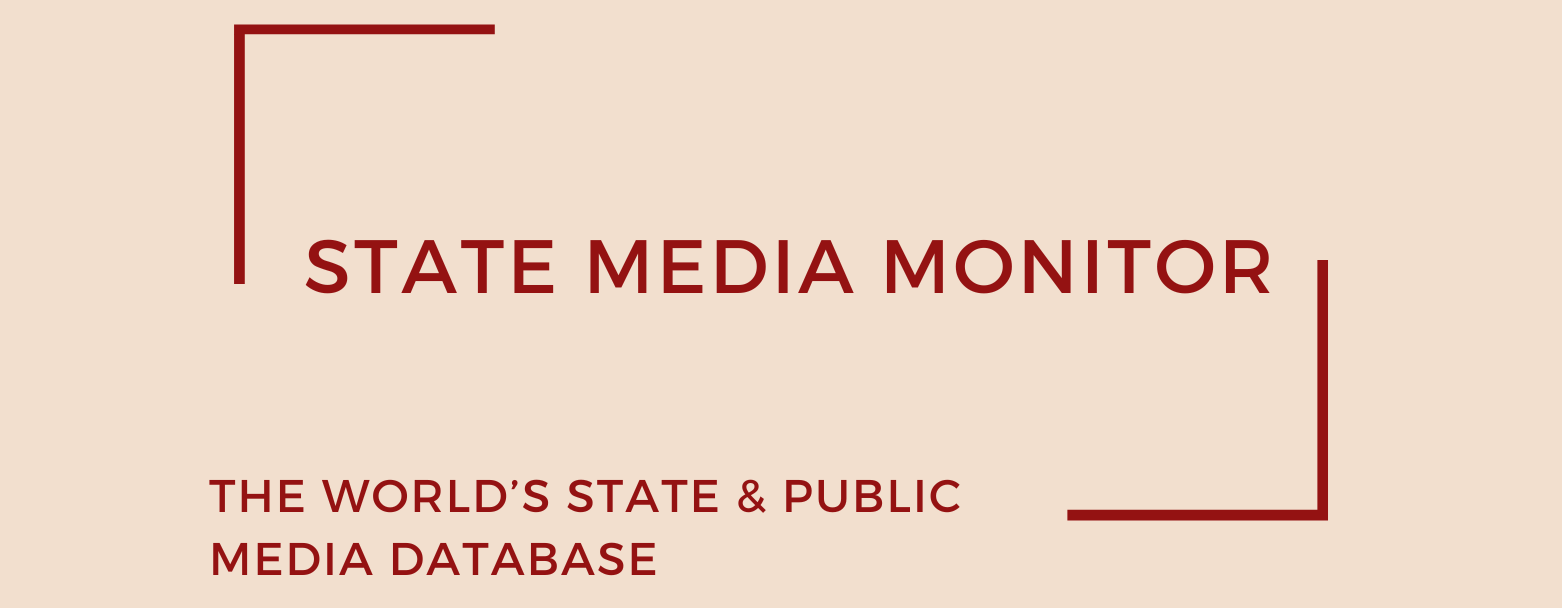Télévision Togolaise (TVT) began broadcasting in 1973 under the name Radio-Télévision de la Nouvelle Marche (RTNM), conceived as a vehicle for national unity and cultural promotion in the post-independence period. In 1990, the broadcaster rebranded as Télévision Togolaise (TVT), marking a shift toward television as its principal medium and solidifying its identity as the country’s flagship public television service.
Media assets
Television: TVT
State Media Matrix Typology
Ownership and governance
TVT operates under state ownership, falling within the remit of the Ministry of Communication and Media. Its executive leadership is appointed by the Council of Ministers, reinforcing a top-down governance model that places the broadcaster squarely under political control.
Following the resignation of TVT’s previous director, Minister Akodah Ayewouadan temporarily assumed operational leadership of the broadcaster in August 2022, pending a formal appointment. As of mid-2025, no permanent replacement has been publicly confirmed, and the channel continues under interim ministerial oversight—a situation that raises concerns over the long-term stability and independence of the institution’s governance.
In an important move, the Togolese government passed legislation in January 2022 to merge the country’s public audiovisual media—TVT, Radio Lomé, and Radio Kara—into a single national broadcasting body, Radio et Télévision du Togo (RTVT). Although structural unification is underway, the process remains incomplete. Integration of management structures, editorial teams, and budget lines has progressed slowly, with full consolidation still pending as of June 2025.
Source of funding and budget
TVT is entirely state-funded, a fact confirmed by the Friedrich Ebert Stiftung (FES), a German foundation known for its research on African media systems. This financial dependency has long been a double-edged sword: while it guarantees operational continuity, it also serves as a lever of influence. Government authorities have historically disbursed TVT’s funding in piecemeal tranches, undermining the broadcaster’s ability to execute long-term editorial planning or technological upgrades.
To date, the government has not made TVT’s annual budget publicly available, making it difficult to assess the broadcaster’s fiscal health or investment priorities.
Between 2017 and 2022, the Chinese government has played an increasingly visible role in supporting Togo’s state media. Documents reviewed by the Media and Journalism Research Center reveal that US$12 million in Chinese funding was channeled to TVT and Radio Lomé during this period, underscoring a deepening partnership that includes infrastructure development and technical support. While these investments have modernized aspects of TVT’s operations, they also raise questions about external influence on domestic media narratives.
Editorial independence
Despite the absence of formal mandates requiring TVT to favor the government in its editorial content, the station remains under de facto political control. Its financial dependency and politically-appointed leadership leave little room for critical journalism or dissenting voices. A February 2024 survey conducted by the Media and Journalism Research Center among ten Togolese journalists confirmed this dynamic: respondents unanimously characterized TVT’s coverage as closely aligned with government messaging.
No institutional framework exists to safeguard or evaluate the broadcaster’s editorial autonomy. There is no independent oversight board, editorial charter, or regulatory mechanism tasked with ensuring impartiality. In practice, TVT functions as a mouthpiece for state policy, with its editorial agenda shaped more by political expediency than by journalistic standards.
July 2025
